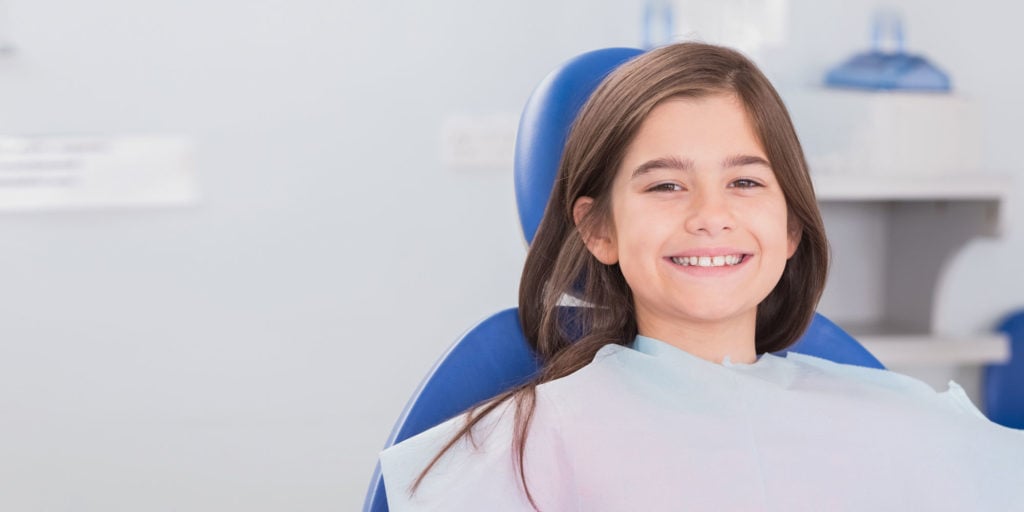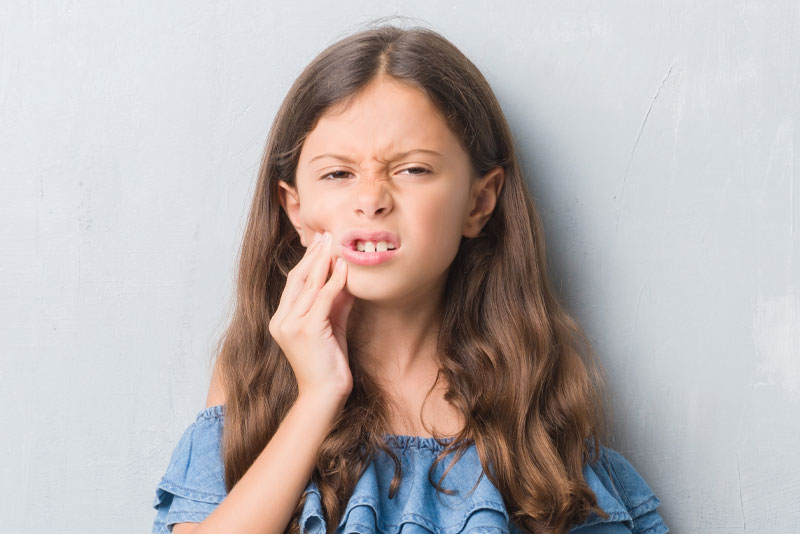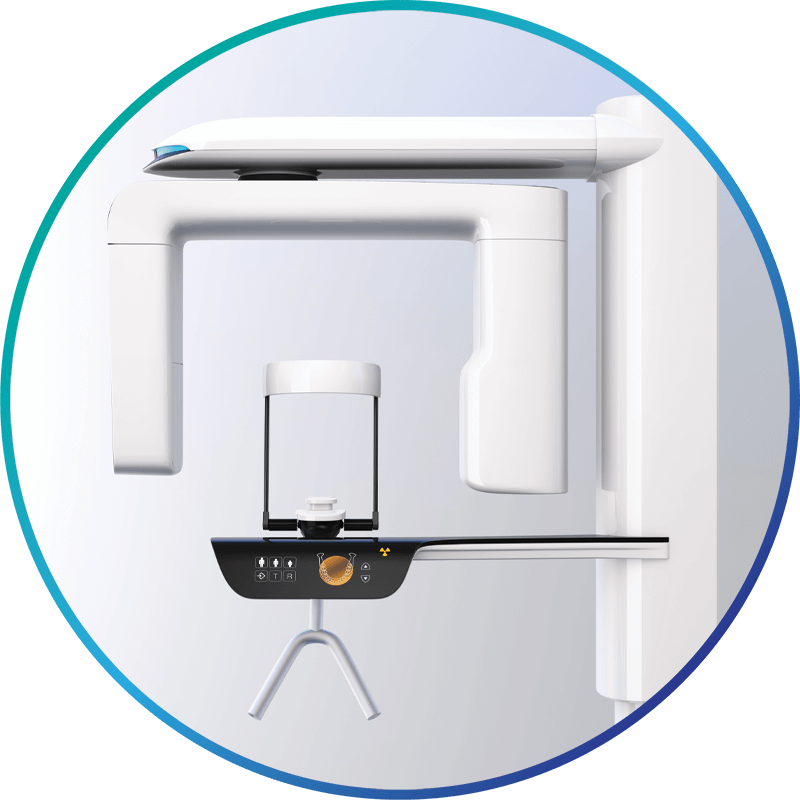
The canine teeth—the pointed ones at each end of the front row of our teeth—are crucial for dental function and esthetics. They generally erupt between the ages of 10 and 14. But not always. Sometimes they fail to fully erupt. Typically, it’s an orthodontist who identifies this problem. When they do, they refer the patient to an oral and maxillofacial surgeon. While impacted canines are a problem you don’t want your child to experience, you can rest assured that their teeth will be in the best of hands here. Dr. Aaron Vickers and Dr. Tamir Anver have helped countless young patients overcome impacted canines in Flower Mound and Denton, TX.

We use canine teeth, also called dog teeth, to tear food into small enough bites to chew and swallow. Obviously, they provide a critical function that we need every day. If your child’s impacted canines aren’t treated, they may not only have trouble eating, they’ll probably experience pain and their other teeth may become misaligned. When you choose the Texas Center for Oral Surgery and Dental Implants, you get the advantage of two board-certified, highly experienced oral and maxillofacial surgeons. We handle far more complex cases every day with exceptional results.
Once referred to our practice, you and your child will meet with our team for a personalized consultation.
If your orthodontist has provided CBCT scans we will review those with you. If not, we’ll take those scans with our in-house CBCT equipment. That process is quick and completely noninvasive for your child. They simply sit comfortably while a scanner moves around them.
If, based on what we see in the scans, we determine that your child needs treatment from us, we’ll schedule a procedure for your next visit.
When you return for treatment, we’ll expose the tooth, clearing the gum tissue from around it before attaching a bracket and chain to the tooth. This process usually takes approximately 30 minutes for one tooth or about an hour for both teeth. If treatment is required for one tooth it usually will be required for the other as well. Our team will keep your child calm and comfortable throughout their treatment with anesthesia, including local anesthesia and IV sedation.
Following this procedure, you’ll return to your orthodontist within a few days to continue treatment. They’ll help your child’s teeth move into their proper position. This process can take a few months but is well worth it when you consider what it will do for your child’s dental health and esthetics!
